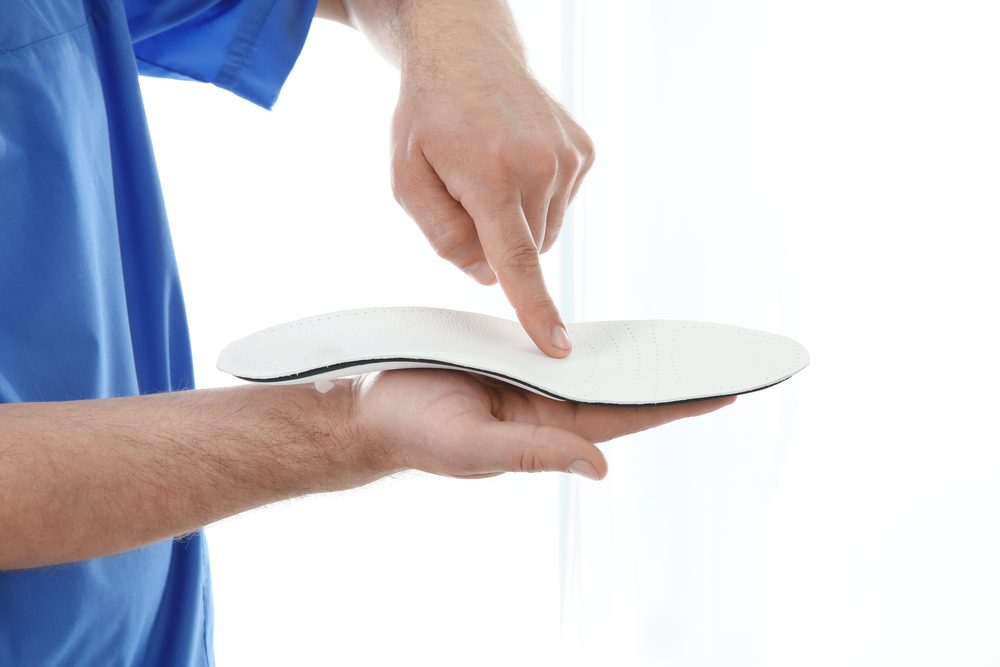It’s always difficult to decide on surgery, especially when it concerns your feet.
Pain that persists or experiencing difficulty walking are symptoms that can lead you to consider foot surgery.
However, we mustn’t forget that foot care often includes more than one type of intervention.
There is also a real possibility that corrective treatment may require a post-operative extension.
This is sometimes the case for foot orthotics.
Let’s explore the possible motivations behind the need of prescribing foot orthotics following foot surgery.
Before considering foot surgery
It goes without saying that foot surgery should not be taken lightly.
Even if it is only minor foot surgery, the resulting convalescence period is crucial to regain your motor skills.
First and foremost, it is important to seek the advice of a podiatrist.
Your podiatrist can analyze your symptoms and prescribe the appropriate treatment.
In order to strengthen their diagnosis, the podiatrist is likely to administer the following tests:
- 2D or 3D digital scans of your feet
- A biomechanical exam
- A postural evaluation with CryoVizion
- Foot ultrasound imaging
- Digital radiography
Only after a precise diagnosis has been made can the podiatrist offer you the most appropriate therapeutic solution.
It is highly likely that your foot pathology can be corrected without surgery, with conservative treatment such as orthotics.
However, if a deformity of the forefoot is the cause of your pain, your podiatrist may recommend surgery.
What are the conditions that require foot orthotics to be worn?
Foot orthotics are a way to address foot deformities without interrupting your daily routine.
Some of the pathologies that can be treated with this type of orthotic include:
- Plantar fasciitis
- Heel or calcaneal spurs
- Hammer toe
- Metatarsalgia
- Cavus foot
- Flat feet
- Achilles tendonitis
- Bunions (hallux valgus)
- Capsulitis or bursitis
- Incorrect posture
- Unequal lower limbs
If your podiatrist believes that your condition may benefit from a prescription for foot orthotics, they clearly prefer this method.
Despite this, when the pain is too great and does not respond to conservative approaches, foot surgery is still possible.
Why are foot orthotics suggested following surgery?
It is wrong to believe that all foot surgeries require wearing post-operative orthotics. In fact, it is rather the biomechanical deformities of the forefoot that are linked to it. This part of the foot may undergo structural changes following surgery.
Your podiatrist can then prescribe new foot orthotics to adjust the axis of movement of your foot. Similarly, if only one of your two feet is surgically corrected, an imbalance may result. To correct this, your attending podiatrist will recommend an orthotic device to stabilize your lower limbs. This prevents your healthy foot from deforming as well.
What are the alternatives to orthotics?
Before you go under the scalpel, your podiatrist may have temporary measures in place to relieve you. In addition to wearing foot orthotics, these therapeutic measures can include:
- Wearing a brace;
- Immobilization of the foot with an orthopedic boot;
- Use of cushioned soles in footwear to reduce the impact of shock;
- Application of therapeutic tape on the affected foot;
- Cortisone injections;
- Prescribing anti-inflammatory medication;
- Laser therapy treatment;
- Shockwave therapy treatment.
However, if your podiatrist believes that your feet are too deformed, they will probably recommend more than one method.
PiedRéseau: for comprehensive post-operative care
In addition to being able to diagnose the origin of your foot pain, your podiatrist sets up a pre- and post-operative intervention plan.
Some of the clinics in the PiedRéseau network are also equipped to perform bone surgeries or minor surgeries.
Contact your PiedRéseau clinic to learn more about postoperative foot orthotics.

